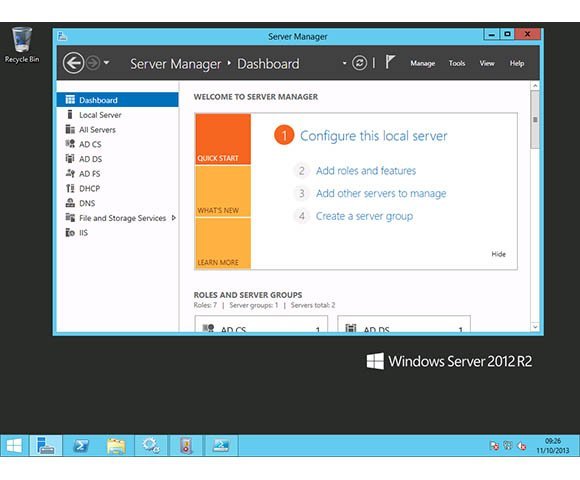Microsoft Server 2012 R2: the OS for the hybrid cloud
The themes of this release are public and private cloud, virtualisation, and device management, where device management includes iOS and Android as well as Windows devices.
According to Microsoft, Windows Azure, its public cloud platform, use the same Hyper-V virtualisation stack that is released as part of Windows Server; it is not a special build. This is one of the factors that enables a high level of consistency between on-premise and Azure deployments of Windows Server. A third scenario is where a third-party hosting provider offers Windows-based cloud services. Microsoft’s aim is to make all three “clouds” work in the same way.
The thinking here is to enable businesses that need or prefer to manage their own IT infrastructure to offer cloud-like services to their internal clients, such as virtual servers on-demand, or fast deployment of web applications through pre-configured virtual machines (VMs). Such businesses can still use Windows Azure for scaling out services, or a hosting provider if that is a better fit for reasons of compliance or simply out of preference. Active Directory Federation Services, along with synchronisation, means that user authentication can be retained on premise, while retaining single-sign on across on-premise and cloud applications.
System Center has its own management applications which are unlike those for Windows Azure, but this inconsistency is also changing. The new Windows Azure Pack lets organisations or hosting providers use the web-based Azure management console for their own datacentres.
BYOD (Bring Your Own Device) is another key theme in the R2 releases, with new support in Active Directory and System Center Configuration Manager.











